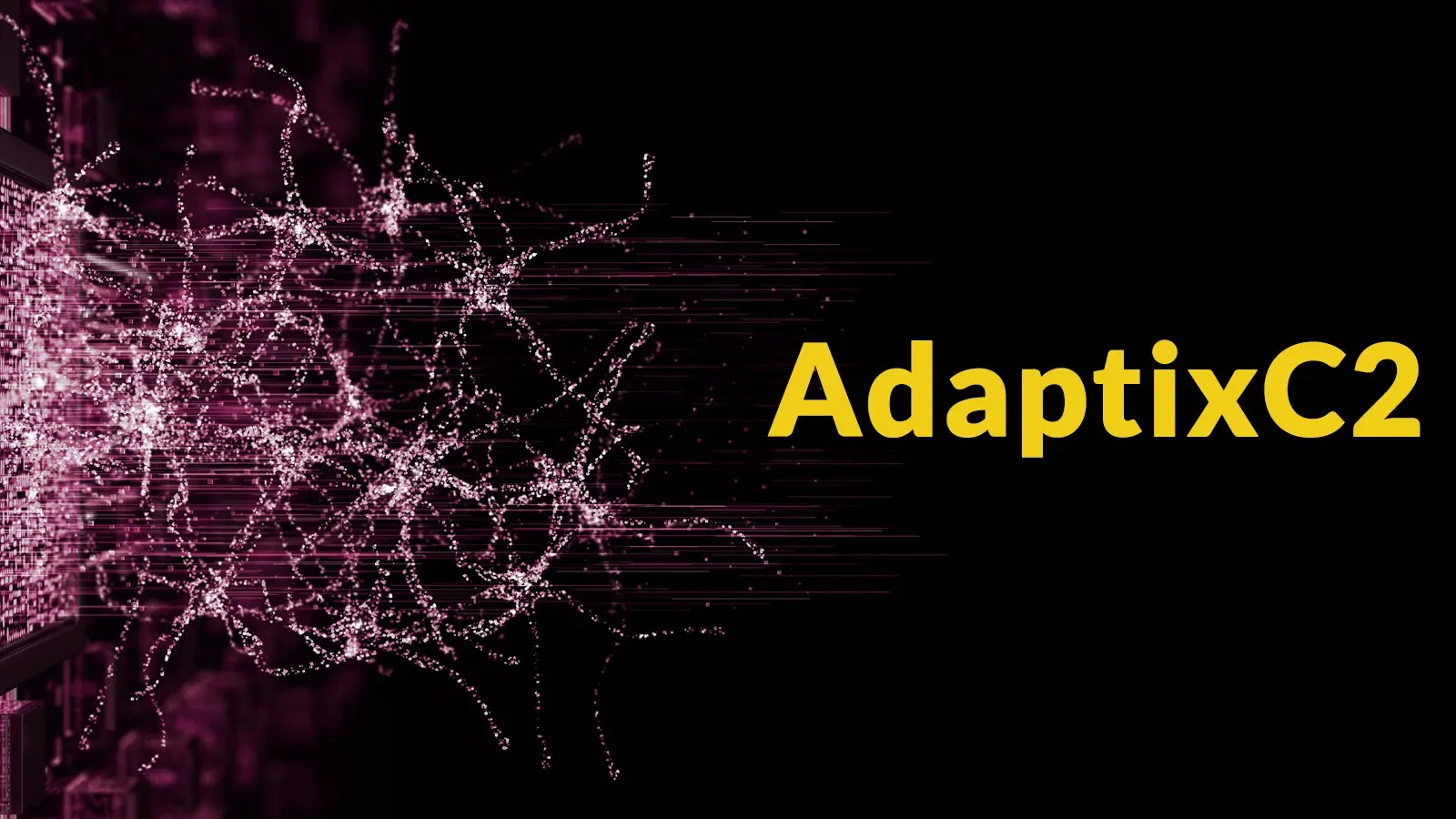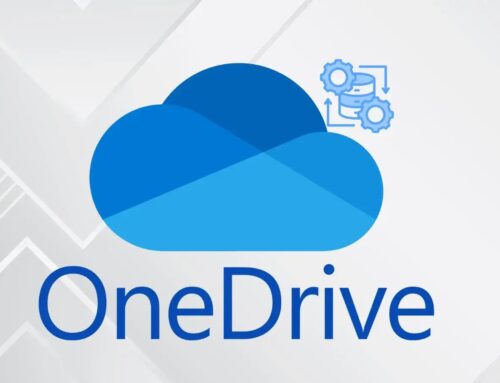
Threat Actors Leveraging Open-Source AdaptixC2 in Real-World Attacks
The Double-Edged Sword: When Legitimate Tools Turn Malicious with AdaptixC2
The cybersecurity landscape is constantly evolving, presenting new challenges as threat actors refine their tactics. A recurring theme is the repurposing of legitimate tools for nefarious purposes. Recently, a significant uptick in post-exploitation activity leveraging AdaptixC2, an open-source command-and-control (C2) framework, has caught the attention of security teams. Originally designed to empower penetration testers, its robust capabilities are now being exploited in real-world attacks, demanding immediate attention from IT professionals and security analysts.
What is AdaptixC2?
AdaptixC2 is an open-source command-and-control framework that gained recognition for its utility in legitimate red teaming and penetration testing operations. Its design philosophy emphasizes a modular architecture, offering a comprehensive suite of functionalities crucial for simulating real-world attack scenarios. These capabilities include:
- File system manipulation: Allowing threat actors to navigate, modify, upload, and download files on compromised systems.
- Process enumeration: Providing visibility into running processes, enabling the identification of critical applications and potential targets for further exploitation.
- Covert channel tunneling: A particularly concerning feature that facilitates hidden communication pathways, making detection and blocking significantly more challenging. This enables data exfiltration and persistent control without immediate discovery.
The modularity inherent in AdaptixC2’s design allows for easy adaptation and extension, which, while beneficial for its intended purpose, also makes it highly attractive to malicious actors who can customize it for specific attack campaigns and integrate it with other tools.
The Shift: AdaptixC2 in the Hands of Threat Actors
In early May 2025, security teams observed a distinct surge in post-exploitation activities where AdaptixC2 was the C2 framework of choice. This shift highlights a growing trend where attackers are increasingly bypassing the need to develop custom malware, opting instead for readily available and often harder-to-detect open-source tools. The appeal of AdaptixC2 to threat actors stems from several factors:
- Availability: Being open-source, it is freely accessible to anyone, including malicious entities.
- Flexibility: Its modular design allows for customization, enabling attackers to tailor operations to specific victim environments and evade signature-based detections.
- Stealth: The covert channel tunneling capabilities are a significant advantage for maintaining persistence and exfiltrating data without triggering immediate alerts.
- Evasion: Since it’s a legitimate tool, its network traffic and operational patterns can sometimes blend in with normal network activity, making it harder for conventional security tools to flag as malicious.
The adoption of AdaptixC2 by threat actors underscores a critical challenge in cybersecurity: distinguishing between legitimate security testing activities and outright malicious incursions when the underlying tools are identical.
Specific Attack Vectors and Capabilities Leveraged
Threat actors are exploiting AdaptixC2’s core functionalities to achieve their objectives. Post-exploitation activities observed include:
- Data Exfiltration: Leveraging file system manipulation to locate sensitive data and then using covert channels to exfiltrate it from the compromised network.
- Lateral Movement: Utilizing process enumeration to identify vulnerable services or open ports on internal systems, followed by
tunneling capabilities to move laterally across the network. - Persistence: Establishing covert communication channels allows attackers to maintain long-term access to compromised systems, even after initial entry points are closed.
- Command Execution: Running arbitrary commands on the victim’s system, facilitating further compromise, data manipulation, or the deployment of additional malicious payloads.
The ability to perform these actions covertly makes AdaptixC2 a potent tool for sophisticated, targeted attacks.
Remediation Actions and Detection Strategies
Detecting and mitigating the illicit use of AdaptixC2 requires a multi-layered approach beyond traditional signature-based methods. Since it’s a legitimate tool, the focus shifts to behavioral analysis and network anomaly detection.
Detection Strategies:
- Network Traffic Analysis: Monitor for unusual outbound connections, especially those on non-standard ports or protocols, and look for patterns indicative of covert tunneling. While AdaptixC2 can use various protocols, anomalies in volume, frequency, or destination should be scrutinized.
- Endpoint Detection and Response (EDR) Systems: Configure EDRs to flag suspicious process creation, unusual file access patterns, and unauthorized attempts at privilege escalation or system modification. Behavioral analysis should be tuned to detect deviations from baseline user and system activity.
- Log Analysis: Regularly review security logs from firewalls, proxy servers, and operating systems. Look for failed authentication attempts, unusual account activity, or sequences of events that might indicate reconnaissance or C2 communication.
- Threat Intelligence Feeds: Stay updated with the latest threat intelligence regarding AdaptixC2’s usage by malicious actors. This can include known IP addresses of C2 servers, specific payload characteristics, or common attack methodologies.
Remediation Actions:
- Network Segmentation: Implement strict network segmentation to limit the lateral movement capabilities of attackers. If one segment is compromised, it should not automatically grant access to critical assets in other segments.
- Principle of Least Privilege: Enforce the principle of least privilege for all users and services. Users should only have the minimum permissions necessary to perform their job functions, significantly reducing the impact of a compromised account.
- Regular Patching and Updates: Ensure all operating systems, applications, and security tools are regularly patched and updated to address known vulnerabilities. This prevents attackers from exploiting weaknesses to establish initial footholds.
- User Education and Awareness: Train employees to recognize and report phishing attempts and other social engineering tactics often used to gain initial access.
- Incident Response Plan: Develop and regularly test a comprehensive incident response plan. This ensures that in the event of a compromise, the organization can quickly detect, contain, eradicate, and recover from the attack.
Relevant Tools for Detection and Mitigation
| Tool Name | Purpose | Link |
|---|---|---|
| Elastic Security (SIEM/EDR) | Comprehensive SIEM and EDR capabilities for log analysis, threat detection, and response. | https://www.elastic.co/security |
| Zeek (formerly Bro) | Network security monitor for deep network visibility and behavioral analysis to detect anomalies. | https://zeek.org/ |
| Suricata | Open-source Network Intrusion Detection System (NIDS) for real-time threat detection based on rules and signatures. | https://suricata.io/ |
| Osquery | OS-level analytics for querying endpoint data, helping identify suspicious processes or file modifications. | https://osquery.io/ |
Conclusion
The weaponization of open-source tools like AdaptixC2 poses a significant challenge, blurred lines between legitimate security operations and malicious intent. The recent surge in real-world attacks confirms that threat actors are adept at leveraging readily available resources to their advantage. Organizations must move beyond static, signature-based defenses and adopt a proactive stance centered on behavioral analytics, robust network monitoring, and strong endpoint security. Staying informed about emerging threats and continuously refining defensive strategies are paramount to securing digital assets against an evolving adversary.





